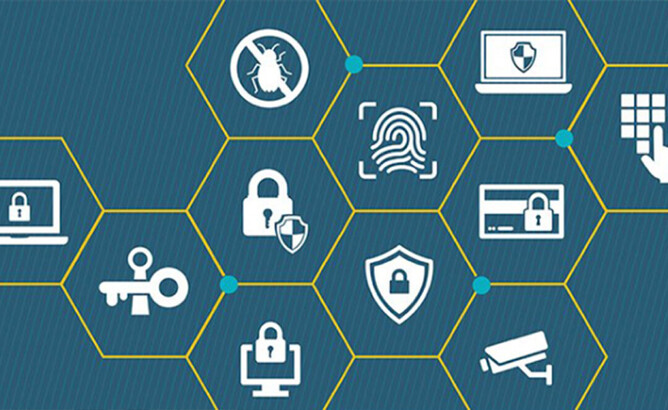So why is prioritising technology gaps so important? Today’s technology-based businesses must deal with multiple issues, including cyber threats, head-to-head competition and regulatory compliance.
Hence, keeping your technology infrastructure up to date is critical, and a technology audit is the best place to start. A technology audit can assist you in better understanding and identifying gaps in your organization’s security, compliance and backup. A thorough technology audit can assist you in answering the following key questions:
- Is your current IT infrastructure vulnerable or lacking in any areas?
- Are there any unnecessary tools or processes that do not align with your goals and vision?
- Are you in compliance with applicable regulations, prepared to defend against security threats and capable of restoring business capabilities in the event of a system outage or data breach?
- What steps can you take to address the discovered vulnerabilities?
If you don’t have an IT background, the results of a technology audit can be perplexing. You might be overwhelmed by the number of items that need to be refreshed or replaced, and you might be unsure where to begin. Prioritisation and the stoplight approach are particularly useful in this situation. Having a managed service provider (MSP) on your side will allow you to seamlessly audit and remediate IT issues.
The stoplight approach
The stoplight method is a simple way of categorizing gaps or vulnerabilities into red, yellow and green groupings based on their severity.
Red: Address the highest risks and vulnerabilities first
Always have a clear idea of what to prioritize in order to prevent and deal with mishaps. Since most organisations cannot address all problems at once, it is critical to focus the most attention and resources on the most pressing issues first.
Any technological refresh should prioritise addressing the most severe infrastructure vulnerabilities. For example, if your company is dealing with a ransomware attack, updating or upgrading Microsoft 365 is a lower priority.
High-priority vulnerabilities that must be classified as RED include:
- Backups that do not work
- Unauthorised network users, including ex-employees and third parties
- Login attempts and successful logins by users identified as former employees or third parties
- Unsecured remote connectivity
- A lack of documented operating procedures
Yellow: Then focus on gaps that are not urgent
There will be gaps that must be kept under watch but can wait until the most crucial issues get resolved. Although these medium-priority gaps may be acceptable in the short term, consider them when planning and budgeting for future technology updates.
The following vulnerabilities fall into the YELLOW category and are of medium severity:
- Insufficient multifactor authentication
- Automated patching system failure
- Outdated antivirus software
- Failure to enable account lockout for some computers
Green: If your budget allows, address these non-critical suggestions
These are the lowest-priority vulnerabilities. Implement measures to close them gradually after fixing the high- and medium-priority issues first.
The following are some of the gaps that fall into the GREEN category:
- Accounts with passwords set to “never expire”
- Computers with operating systems that are nearing the end of their extended support period
- Persistent issues with on-premises syncing
- More administrative access than is required to perform essential duties
- Importance of prioritising gaps
You won’t have to deal with a situation where money is spent unnecessarily on a less critical issue if you prioritize gaps and close them systematically based on severity. Simply put, prioritisation is advantageous for budgets.
Furthermore, you can maintain uptime by prioritising gaps before refreshing your IT infrastructure because not all components will be down at the same time. This also prevents productivity and customer service from being jeopardized.
Not sure where to begin? A managed service provider (MSP) like us can help you prioritise technology gaps so you can get the most out of your technology investment while also ensuring uptime and productivity.
Contact us for a free consultation.




